
Junji Ito is a Japanese horror manga artist. Some of his most notable works include Tomie, a series chronicling an immortal girl who drives her stricken admirers to madness; Uzumaki, a three-volume series about a town obsessed with spirals; and Gyo, a two-volume story in which fish are controlled by a strain of sentient bacteria called "the death stench." His other works include The Junji Ito Horror Comic Collection, a collection of his many short stories, and Junji Ito's Cat Diary: Yon & Mu, a self-parody about him and his wife living in a house with two cats.

Itō Noe was a Japanese anarchist, social critic, author, and feminist. She was the editor-in-chief of the feminist magazine Seitō (Bluestocking). Her progressive anarcha-feminist ideology challenged the norms of the Meiji and Taishō periods in which she lived. She drew praise from critics by being able to weave her personal and political ideas into her writings. The Japanese government, however, condemned her for challenging the constructs of the time. She became a martyr of the anarchist ideology in which she believed during the Amakasu Incident, when she was murdered along with her lover, anarchist author Ōsugi Sakae, and his nephew.

A couch, also known as a sofa, settee, chesterfield, or davenport, is a cushioned item of furniture for seating multiple people. It is commonly found in the form of a bench with upholstered armrests and is often fitted with springs and tailored cushion and pillows. Although a couch is used primarily for seating, it may be used for sleeping. In homes, couches are normally put in the family room, living room, den, or lounge. They are sometimes also found in non-residential settings such as hotels, lobbies of commercial offices, waiting rooms, and bars. Couches can also vary in size, color, and design.
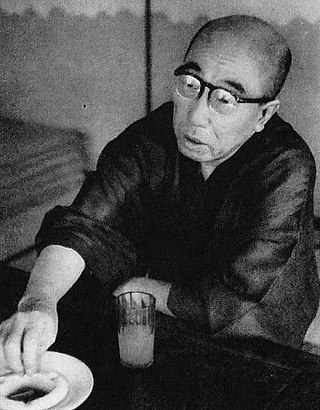
Tarō Hirai, better known by the pen name Edogawa Ranpo, was a Japanese author and critic who played a major role in the development of Japanese mystery and thriller fiction. Many of his novels involve the detective hero Kogoro Akechi, who in later books was the leader of a group of boy detectives known as the "Boy Detectives Club".
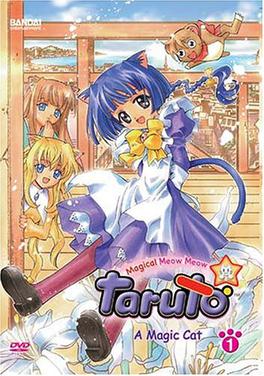
Magical Meow Meow Taruto is a Japanese manga series created by Kaishaku. The series centers on the exploits of a race of pet cats, drawn as catgirls and the occasional catboy.

W Juliet is a shōjo romantic comedy manga series by Emura. It was published by Hakusensha in Hana to Yume between 1997 and 2002 and collected in 14 bound volumes. It is about the relationship between tomboy Ito Miura and the feminine Makoto Amano who share the common dream of becoming actors, as they work together to hide Makoto's secret identity as a boy. It is licensed in English by Viz Media. A sequel series, W Juliet II, is ongoing in The Hana to Yume, and collected in four volumes as of February 2015.

Uzumaki is a Japanese horror manga series written and illustrated by Junji Ito. Appearing as a serial in Shogakukan's weekly seinen manga magazine Big Comic Spirits from 1998 to 1999, the chapters were compiled into three bound volumes published from August 1998 to September 1999. In March 2000, Shogakukan released an omnibus edition, followed by a second omnibus version in August 2010. In North America, Viz Media serialized an English-language translation of the series in its monthly magazine Pulp from February 2001 to August 2002. Viz Media then published the volumes from October 2001 to October 2002, with a re-release from October 2007 to February 2008, and published a hardcover omnibus edition in October 2013.

Tomie is a Japanese horror manga series written and illustrated by Junji Ito. Tomie was Ito's first published work he originally submitted to Monthly Halloween, a shōjo magazine in 1987, which led to him winning the Kazuo Umezu award.
Yoshiko Uchida was a Japanese American writer of children's books intended to share Japanese and Japanese-American history and culture with Japanese American children. She is most known for her series of books, starting with Journey to Topaz (1971) that took place during the era of the mass removal and incarceration of Japanese Americans during WWII. She also authored an adult memoir centering on her and her family's wartime internment, a young adult version her life story, and a novel centering on a Japanese American family.
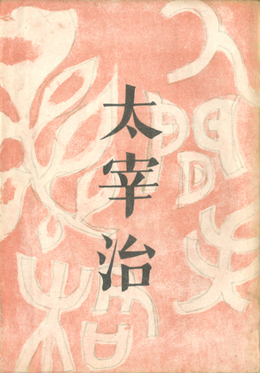
No Longer Human, also translated as A Shameful Life, is a 1948 novel by Japanese author Osamu Dazai. It tells the story of a troubled man incapable of revealing his true self to others, and who, instead, maintains a facade of hollow jocularity, later turning to a life of alcoholism and drug abuse before his final disappearance. The original title translates as "Disqualified as a human being" or "A failed human". The book was published one month after Dazai's suicide at the age of 38. No Longer Human is considered a classic of postwar Japanese literature and Dazai's masterpiece. It enjoys considerable popularity among younger readers and ranks as the second best-selling novel by publishing house Shinchōsha, behind Sōseki Natsume's Kokoro.
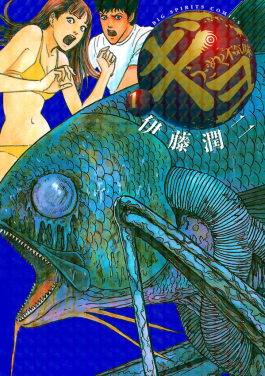
Gyo, fully titled Gyo Ugomeku Bukimi in Japan, is a horror seinen manga written and illustrated by Junji Ito, appearing as a serial in the weekly manga magazine Big Comic Spirits from 2001 to 2002. Shogakukan collected the chapters into two bound volumes from February to May 2002. The story revolves around a couple, Tadashi and Kaori, as they fight to survive against a mysterious horde of undead fish with metal legs powered by an odor known as the "death stench". The work also includes a pair of bonus stories, titled The Sad Tale of the Principal Post and The Enigma of Amigara Fault.
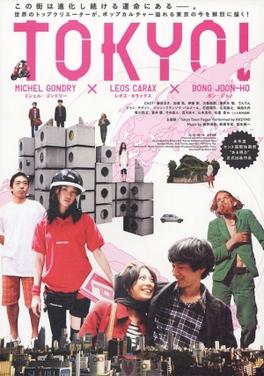
Tokyo! is a 2008 anthology film containing three segments written by three non-Japanese directors and filmed in Tokyo, Japan. Michel Gondry directed "Interior Design," Leos Carax, "Merde," and Bong Joon-ho's "Shaking Tokyo."

Kakashi, is a 2001 horror film based on the Junji Ito manga of the same name. The film follows Kaoru Yoshikawa, whose search for her missing brother Tsuyoshi leads her to Kozukata, an isolated village that seems to harbor dark secrets.

Hotel Lobby is a 1943 oil painting on canvas by American realist painter Edward Hopper; it is held in the collection of the Indianapolis Museum of Art (IMA), in Indianapolis, Indiana, United States.

Rampo Kitan: Game of Laplace is a Japanese anime television series produced by Lerche, directed by Seiji Kishi, and written by Makoto Uezu. The series aired on Fuji TV's Noitamina programming block from July 2 to September 17, 2015. The anime is inspired by the works of author Edogawa Ranpo and commemorates the 50th anniversary of his death in 1965.

Fragments of Horror is a Japanese horror anthology manga series written and illustrated by Junji Ito. It was serialized in Nemuki between April 2013 and February 2014 as seven separate short stories, with an eighth being added for the tankōbon release. Viz Media published it in North America under its Viz Signature imprint. The Junji Ito Collection anime anthology, which premiered in January 2018, adapts several stories from Fragments of Horror.
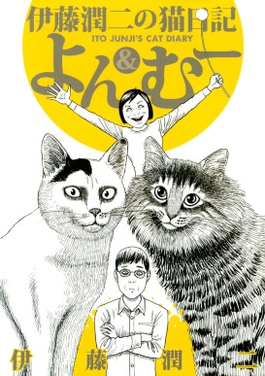
Junji Ito's Cat Diary: Yon & Mu is an autobiographical manga written and illustrated by Junji Ito. Appearing as a serial in Kodansha's seinen manga magazine Monthly Magazine Z from November 2007 to December 2008, it follows the adventures of J-kun, a horror manga artist as he adjusts to life with cats: Yon, whom his fiancėe brings along to their new house, and Mu, a Norwegian Forest cat whom the couple adopts as a kitten. Junji Ito's Cat Diary draws on autobiographical elements of Ito's personal experience with cats. Publisher Kodansha compiled the ten installments of the manga into a bound volume and released it in March 2009.
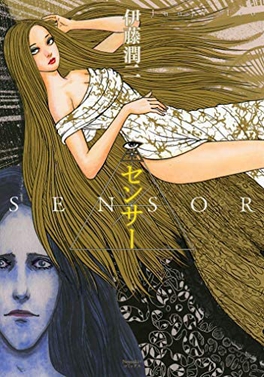
Sensor, also known as Travelogue of the Succubus, is a Japanese manga series written and illustrated by Junji Ito. It was serialized in Nemuki+ from August 2018 to August 2019 and published in a single volume in November 2019.

Dissolving Classroom is a Japanese horror manga series written and illustrated by Junji Ito. It was serialized in Comic Motto! from March 2013 to October 2014 and published in a single volume in December 2014.

No Longer Human is a Japanese manga series written and illustrated by Junji Ito; it is an adaptation of the novel of the same name by Osamu Dazai. It was serialized in Big Comic Original from May 2017 to April 2018 and published in three volumes.


















